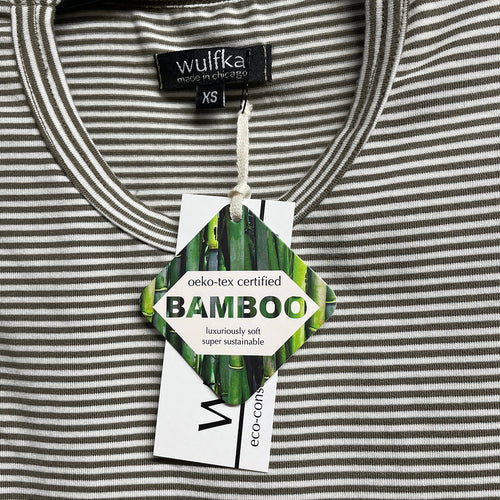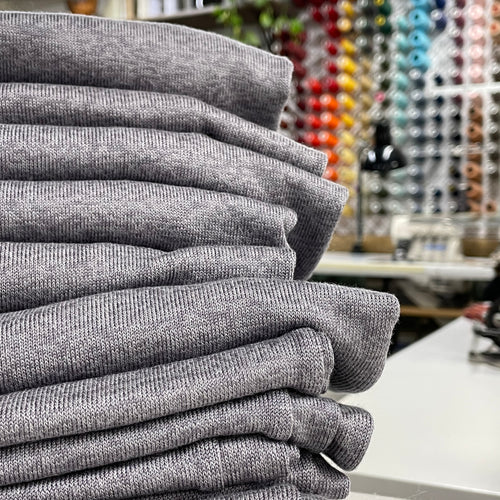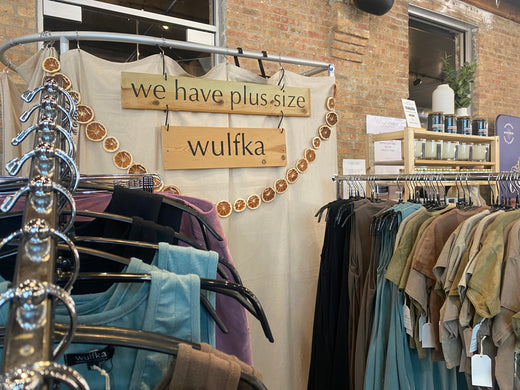Hemp is sustainable and feels wonderful. So why aren't we wearing it all the time?

Besides being fabulous in your summer wardrobe (hemp is crisp like linen, naturally sweat-wicking and anti-odor), hemp is also a fabulously sustainable plant. High-yielding, doesn't require pesticides or fertilizer (in fact, it replenishes the soil!), and uses less water than cotton.
Hemp has been used for textiles for a millennia. It even has a rich history in America. The sails that brought the Nina, Pinta, and Santa Maria over the ocean were made from hemp. 90% of paper before 1883 was made from hemp, including most of our founding documents. Benjamin Franklin's kite string was made of hemp. George Washington, in a letter in 1794, instructed his gardener to sow hemp into his gardens anywhere they could find space.

(George Washington Hemp Farmer, Aia Leu)
In spite of its illustrious beginning, growing hemp was outlawed in the US following sweeping anti-drug legislation in 1937. Embarrassingly this was almost immediately rolled back for the 1940s "Hemp for Victory" movement, and reinstated after the war. The law was finally repealed in 2018 when Mitch McConnell backed its use as a cash crop for Kentucky farmers since tobacco prices have plummeted. CBD growers jumped on the new plant and we saw a strong boom & bust. Hemp has since fizzled out in the US and most of our hemp products come from China.
Cotton Vs. Hemp
"Cotton is King" in the US, due to our history of slavery and heavy subsidies, so let's compare hemp to the fiber we're most familiar with.
Both are cellulose (plant-based) fibers. Cotton grows as a "boll." Hemp fibers are "bast" fibers, which means they come from the inner bark of the stalk. (Linen also comes from bast fibers!)

Hemp grown for fiber has only tiny amounts of CBD or THC, not enough to get you high. It is bred to be tall and leggy with few branches for extra long fibers. Current breeds can grow 20 feet tall! Cannibis hemp, on the other hand, is bred to maximize the number of flowers. Therefore the two are very easy to distinguish, as cannibis plants are much shorter and bushier.
Hemp has the highest yield per acre of any natural fiber, out-producing cotton by 250%. It uses half as much water and requires no pesticides, herbicides, or fertilizer. It also has a much shorter growing time (100 days vs. 150 to 180 for cotton). A hemp plant can be put to many purposes: fiber for fabric, oilseed for food, and woody parts for paper. Hemp even pulls heavy metals out of the ground and stores them in the leaves, which could be useful in bioremediation of toxic sites. The fibers could be harvested for clothing until the land is ready for edible crops.
There is one drawback: pure hemp is course. However, new processing technology has made hemp feel like rustic linen, and ours is blended with cotton for a soft hand that grows softer with time.
Sources:
Why Aren't We All Wearing Amrican-Grown Hemp? EcoCult, Alden Wicker
American Hemp by Jenn Hobbs, 2021






